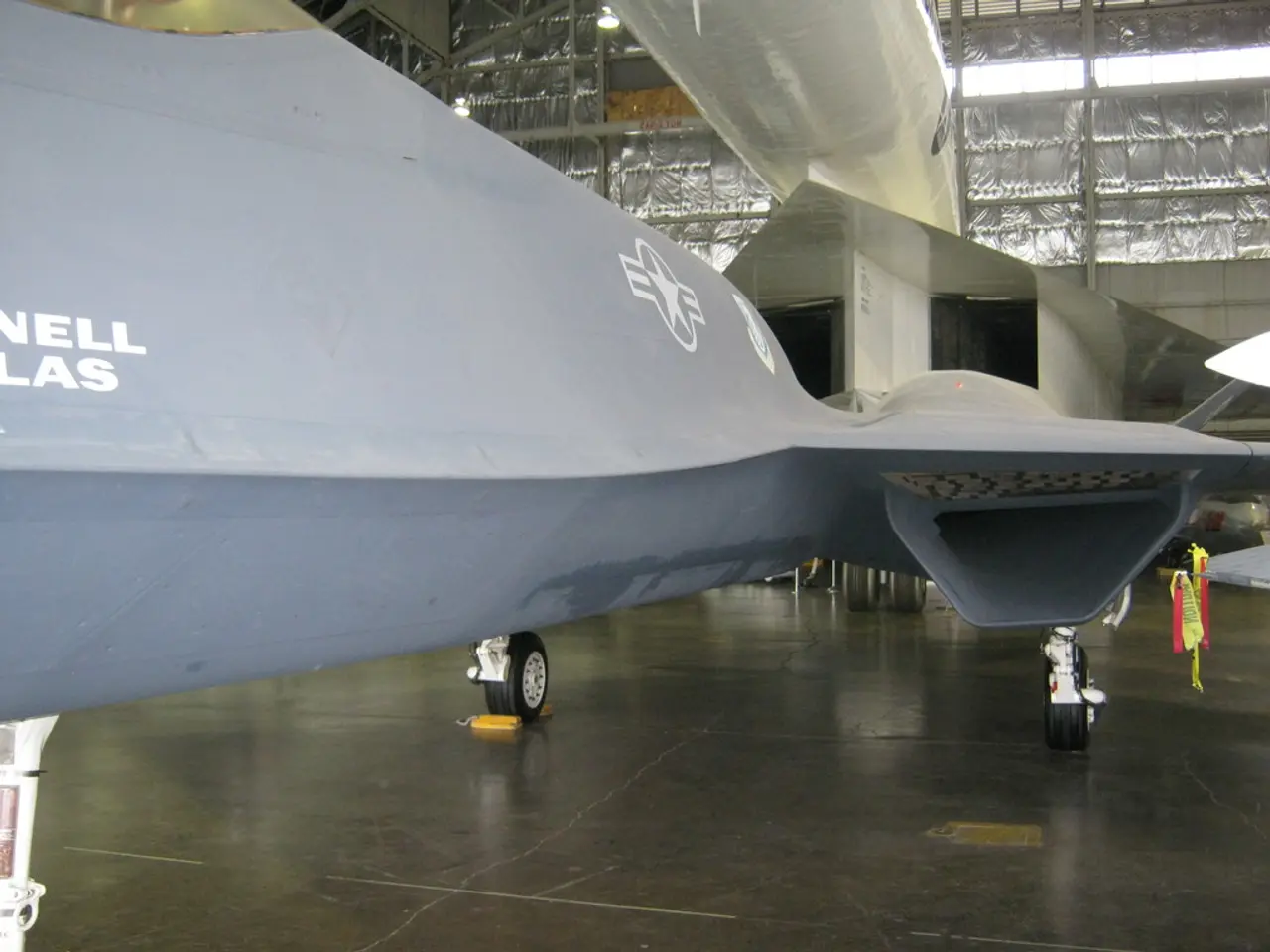Exploring the Auditory Landscape of Adolescence, Continued (Part 2)
In the complex and dynamic production of the British drama series Adolescence, a meticulous approach to sound setup and recording was essential to capture high-quality audio throughout the series' continuous, single-shot episodes.
The sound team's workflow was carefully planned and executed, with actors individually miked with DPA lavalier microphones and MTP61 transmitters for clear dialogue capture, regardless of movement or scene location. For ambient and directional sound, boom operators used Schoeps CMIT microphones for outdoor scenes and Sennheiser MKH-50 microphones indoors.
A variety of Sound Devices mixers, including models 633, 688, 888, and Scorpio, were employed concurrently. Some mixers were stationed at fixed locations like the police station or school, while others were mobile, mounted inside a "Video Village" van or carried by the production sound mixer during street scenes. This setup allowed for simultaneous multi-location recording and flexibility following the production's movement.
Intensive rehearsal weeks allowed the entire team to synchronize camera moves and sound capture. During the first week, heads of departments observed director rehearsals to identify and prevent sound challenges before final performances. In the second week, full technical rehearsals with all sound equipment and crew took place to work through difficult sequences, adjust equipment placement for camera headroom, and coordinate repeatable camera moves to avoid sound setup interference on camera.
On-set monitoring and quality control were ensured by post sound editors and re-recording mixers, who were present during recording, listening live to ensure quality. Gains were manually adjusted based on scene demands, such as setting lower gain during loud sequences like a house raid to avoid clipping, then adapting for quieter locations like a police station.
Close collaboration with the camera and production teams was key to the sound crew's success. They coordinated precise camera movements and angles to keep microphones out of the shot while optimizing sound capture proximity.
In summary, Adolescence’s demanding sound production combined cutting-edge wireless lavalier and boom microphone gear with a network of multi-channel mixers placed strategically to cover different locations. This integrated approach ensured a seamless sonic experience despite the logistical complexity of the production.
Preparations for the production began months before it started, taking into account the script and the unique challenges of each location. Two sound team members were needed inside the house to follow the camera and dialog simultaneously. The police car was miked with DPA 6061s due to its low ceiling.
Entwistle, the production's sound supervisor, had to anticipate and react to the fast-paced action in the school episode, often without a script for guidance. The school episode proved the most challenging for Entwistle due to numerous actors, overlapping dialog, a fire alarm, and a fight in the schoolyard.
Entwistle and his team worked tirelessly to ensure every moment was flawless and refined, solving technical dilemmas and practicing each move again and again. By the end of the school episode, Entwistle felt they had perfected their approach. Additional recording devices were used to capture dialog locally in other locations, such as in the house. McManus, the production's sound designer, brought a mobile rig to capture peripheral action, like the chase scene involving DI Luke Bascombe and Jamie's classmate Ryan.
The setup process revealed more information and allowed boom ops to choreograph with the camera for better results. In a particular scene, multiple sound team members had to wield a boom. During the scene where Eddie Miller moves from the lawn shed to the kitchen, a second assistant was used to capture dialog outside, while first boom ops took over inside. CMITs and Sanken CUB were hidden in specific locations within the house for recording purposes.
Chi Limpiroj and Joanna Barcik assisted in tricky scenes, such as in Episode 4. Plant mics, local recorders, and mixers were set up in each vehicle during the scenes. Entwistle's sound cart was set up at the main location for each episode: Episode 1 inside the police station, Episode 2 inside the school, and Episode 3 inside the detention center. The police van and plumbing van required more directional mics (DPA 4099s) due to their higher ceilings.
While the specific post-production sound mixing formats used for Adolescence are not detailed, similar complex productions sometimes employ immersive formats like Dolby Atmos for enhanced spatial audio. However, this is noted explicitly for other series, not confirmed here.
- The sound team mixed dialog from the DPA lavalier microphones and ambient sounds captured with Schoeps CMIT and Sennheiser MKH-50 microphones during the recording of moments in Adolescence, ensuring a cohesive soundscape for each scene.
- The pre-planned workflow for broadcasting the high-quality sound of Adolescence involved employing a number of Sound Devices mixers, such as models 633, 688, 888, and Scorpio, which were deployed in strategic locations throughout movies-and-tv scenes to provide the necessary flexibility for multi-location recording.
- To create the immersive audio experience of Adolescence, the crew incorporated a variety of wired and wireless microphones in their entertainment endeavors, positioning DPA 6061s in the police car and CMITs and Sanken CUB mics in specific areas within homes, enhancing the series' sonic texture and coherence.








